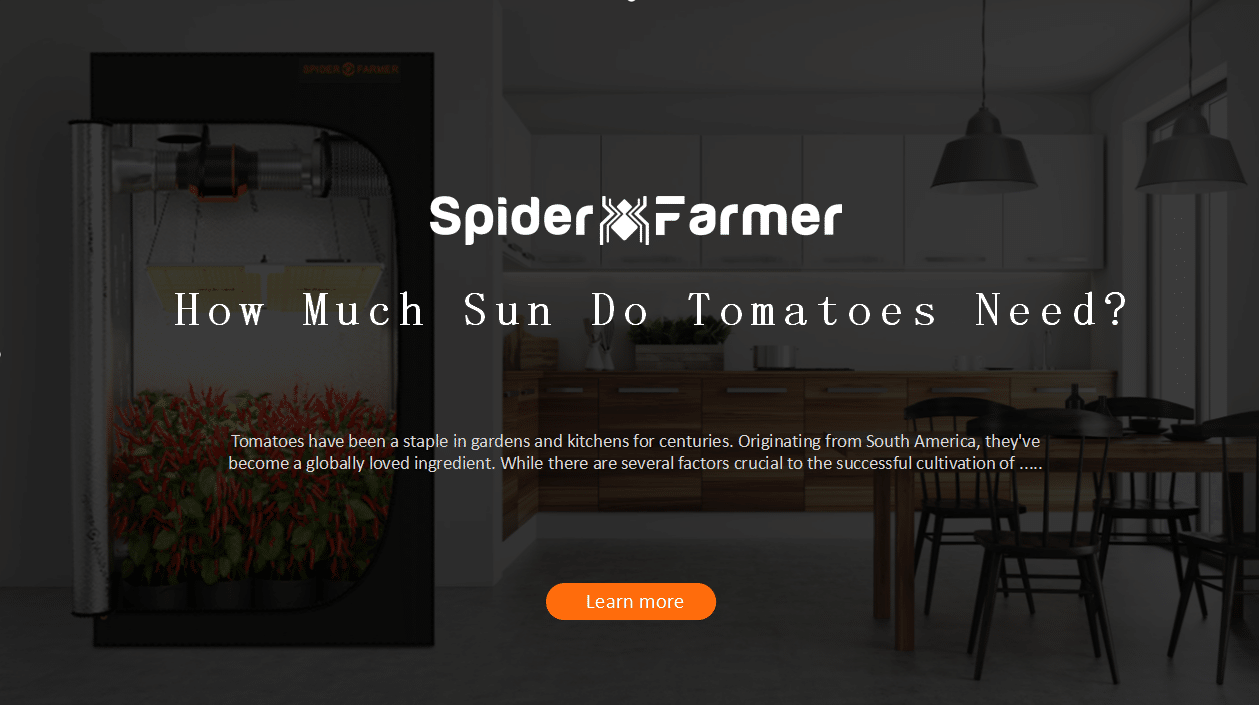
Tomatoes have been a staple in gardens and kitchens for centuries. Originating from South America, they’ve become a globally loved ingredient. While there are several factors crucial to the successful cultivation of tomatoes, sunlight undeniably tops the list. How much sun do tomatoes need?
The short answer is – tomatoes generally require 6-8 hours of direct sunlight daily. With 6 hours of full sunlight exposure, tomato plants will be able to produce fruit. With another 2 hours, you can expect an increased yield and a more fruitful result. To explore this question further, we’ve prepared the following details.
Table of Contents
Factors Affecting Tomato Sunlight Requirements
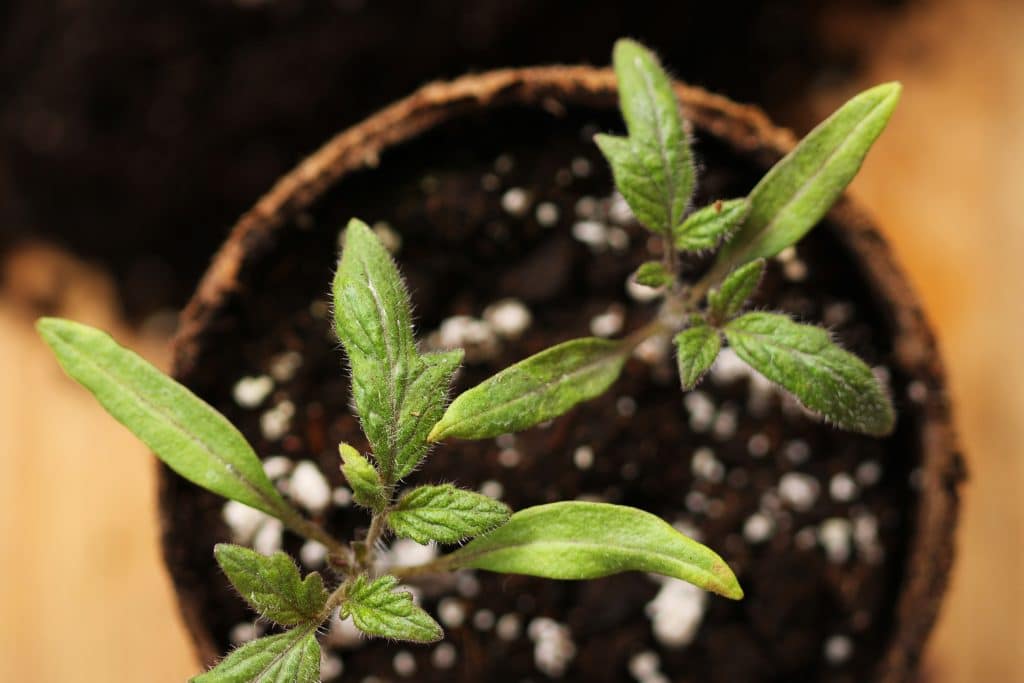
Not all tomatoes are created equal. From the beefsteak variety to the tiny cherry tomatoes, each type might have slightly different sunlight needs. Moreover, regional climatic conditions and geography also play a part. Here, we’ll select the plant growth stage as the criteria and show you how much sun do tomatoes need during different phases.
Vegetative Stage
Tomato plants grow vines and leaves during this stage. Vines grow rapidly and use a lot of nutrients, which are delivered through photosynthesis.
- Duration: First 30 to 45 days after transplant.
- Sunlight Requirement: A minimum of six hours of bright, direct sun.
Flowering Stage
Light energy supports flowering and fruit set during this stage. Excess heat can reduce flower production and fruit development.
- Duration: Between 30 and 45 days for the onset of flowers. Small fruits start to form between 70 and 100 days, depending on the variety.
- Sunlight Requirement: Six hours of light is adequate, but eight hours can boost fruit production.
Ripening Stage
The development of lycopene and carotene pigments, which give tomatoes their red color, is influenced by temperature. Ideal temperatures for pigment development are 70 to 75 degrees F. High temperatures can reduce or even stop pigment production.
- Duration: Begins about 30 days after fruit appears.
- Sunlight Requirement: Six to eight hours to maintain healthy plants, especially for indeterminate varieties that produce fruit throughout the season.
Tips for Maximizing Sunlight Benefits for Tomatoes
To make hay while the sun shines, or in this case, grow tomatoes, one needs to be strategic:
Position your tomato plants: Ensure they are placed where they can bask in maximum morning sunlight. Morning light is essential for tomatoes because it dries dew, reduces nutrient loss through evaporation, begins photosynthesis, and provides quality exposure to initiate the daily growth cycle, especially when the sun is at its strongest around noon.
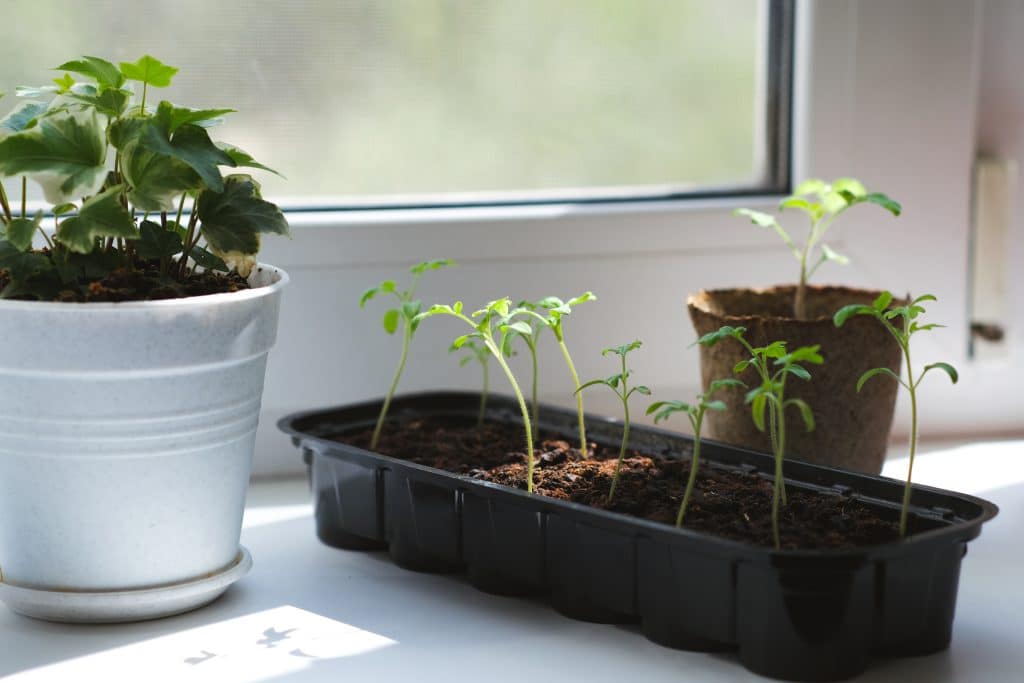
Finding the Balance between Sunlight vs. Shade: While sunlight is essential, like all good things, moderation is key. Too much direct sunlight can scorch the plant, causing the leaves to wilt or the fruits to sunburn. On the flip side, an optimal amount of shade, especially during the hottest parts of the day, can prevent such adversities and promote healthy growth.
Artificial Lighting in Tomato Growth
Not all hope is lost on cloudy days or during shorter winter days. Thanks to technology, we have grow lights – a lifesaver for indoor gardeners and those facing less-than-ideal sunlight conditions. These artificial lights mimic the sun’s spectrum, ensuring tomatoes get the light they need. However, it’s a balancing act; one needs to ensure the light isn’t too intense or too feeble.
FAQs about How Much Sun Do Tomatoes Need
- Do tomatoes like morning or afternoon sun?
Tomatoes prefer the morning sun. Morning sunlight dries the dew on the plants, reducing the chances of fungal diseases. It also provides quality exposure to initiate the daily growth cycle. On the contrary, the afternoon sun can possibly get your tomatoes overheated, especially in regions where afternoons can be scorching.
- Can tomato plants get too much sun?
Yes, tomato plants can get too much sun. If they receive intense sunlight for extended periods, especially in very hot climates, they can suffer from sunscald or become stressed, leading to issues like blossom end rot and tomato leaves curling.
- What happens if tomatoes don’t get enough sun?
If tomatoes don’t receive adequate sunlight, their growth can be stunted. The plants might become leggy, with long stems and yellowing leaves, as they stretch searching for light. Insufficient sunlight can also lead to poor fruit development, reduced yield, and fruits that are smaller and less flavorful. Furthermore, plants that don’t get enough sun may become more susceptible to diseases and pests.

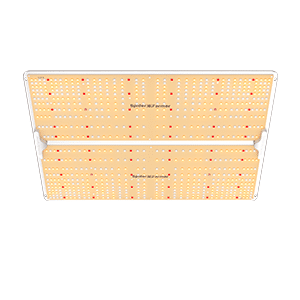
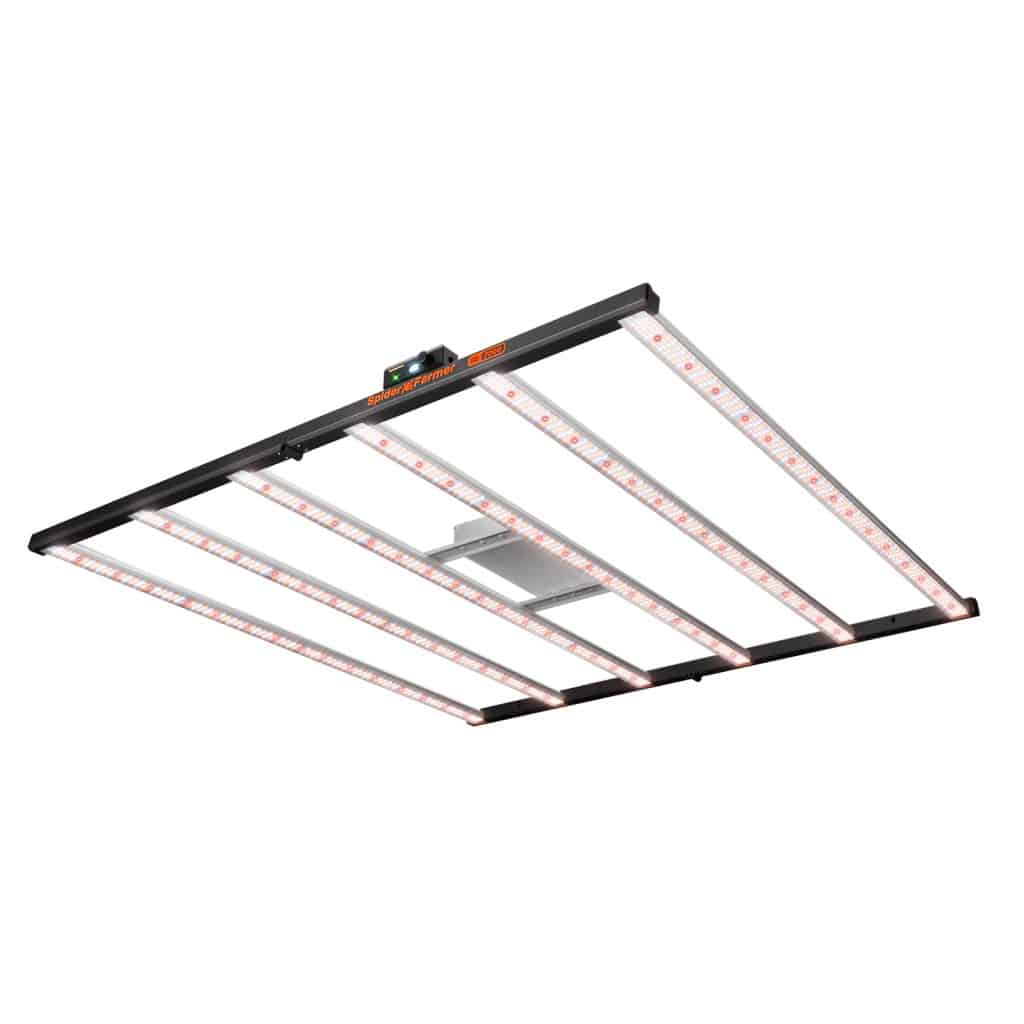
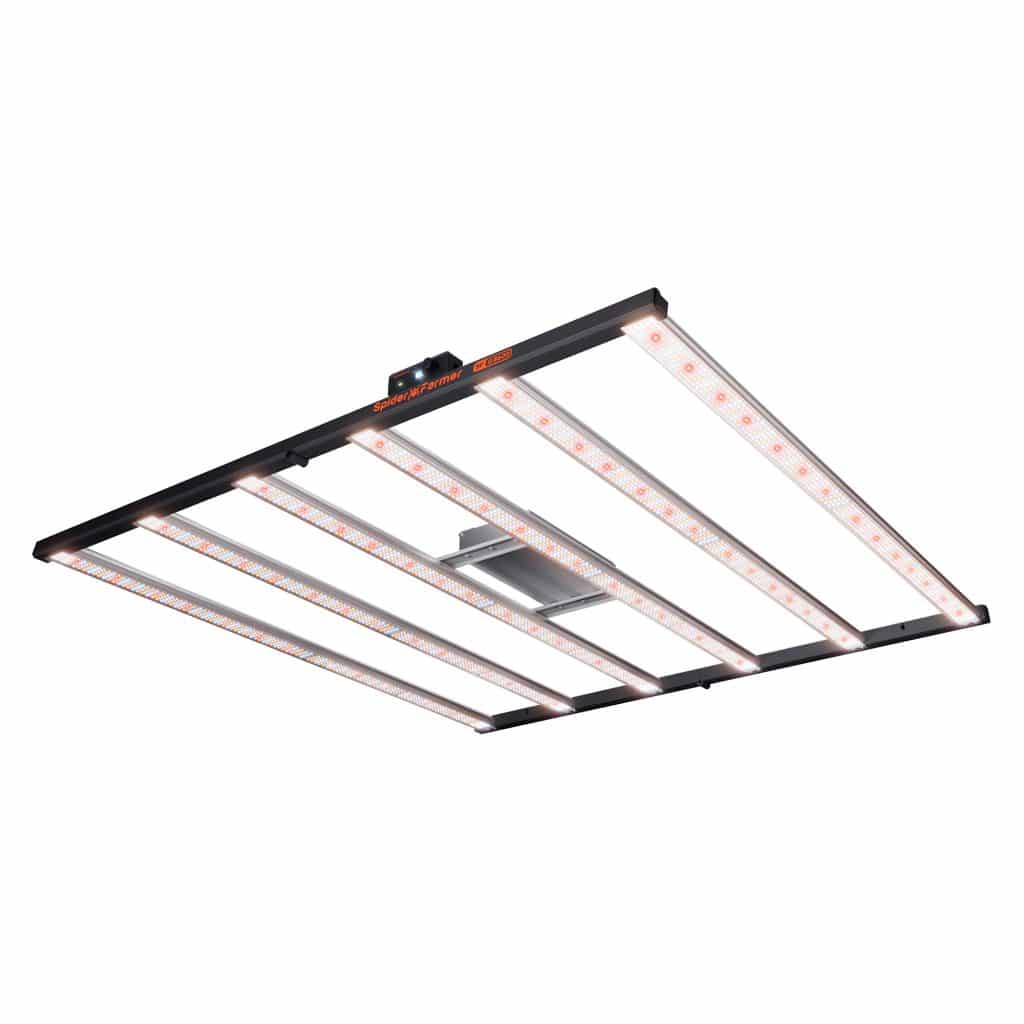






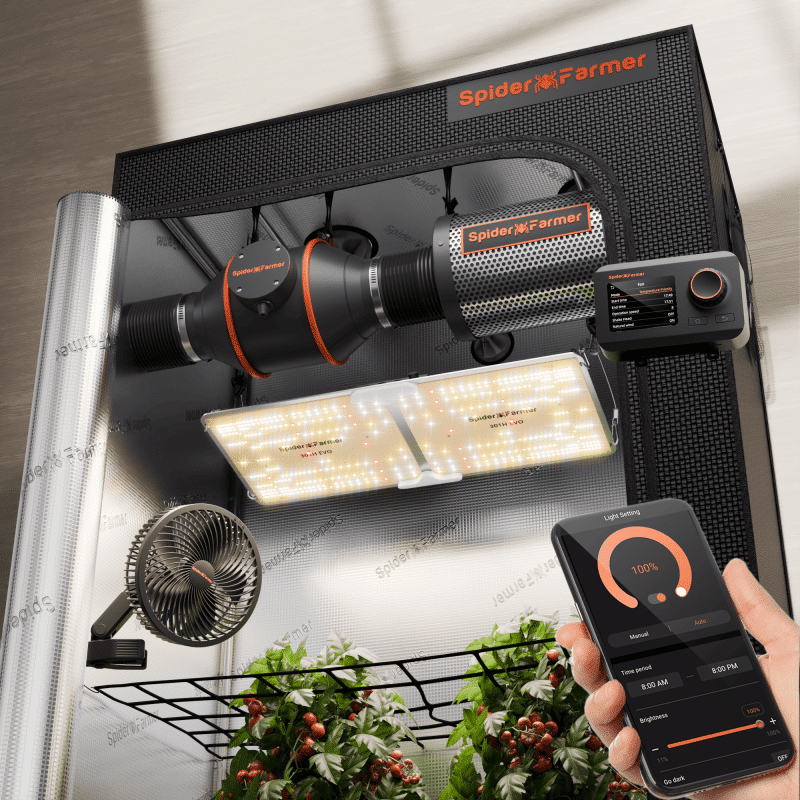
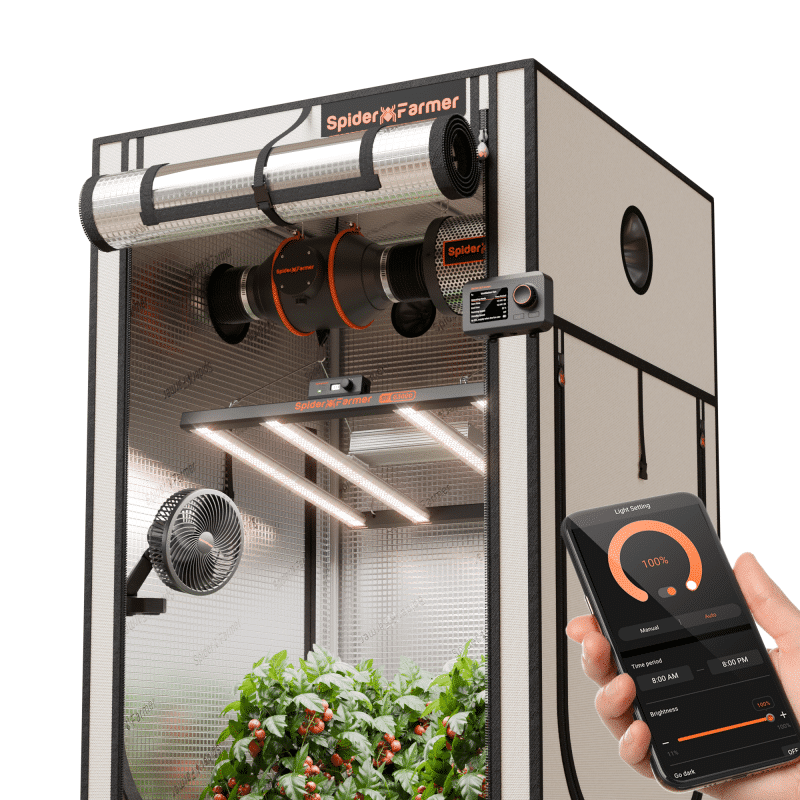
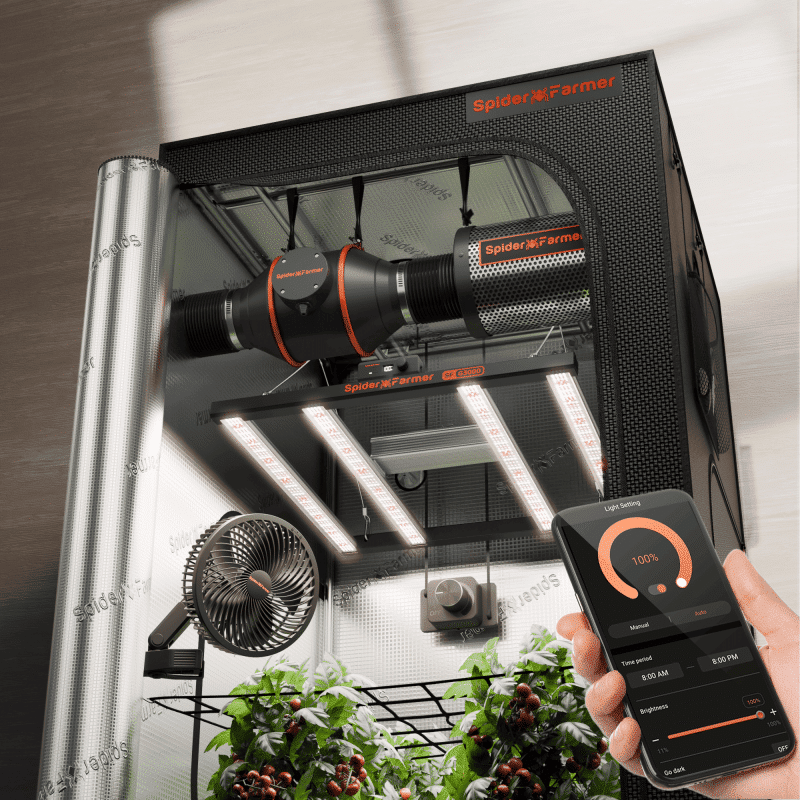
![[SALE] Spider Farmer Budget-Friendly Complete Grow Tent Kit | Remote Control, WiFi & Bluetooth App Control | G3000 300W LED Light | 90x90x180cm Tent | 4-inch Ventilation System | GGS Controller | Clip Fan | Automated Lighting, Ventilation, Circulation & Environmental Sensors](https://spiderfarmer.ca/wp-content/uploads/2023/08/ggs-controller-g3000-grow-tent-kits-800x800.png)
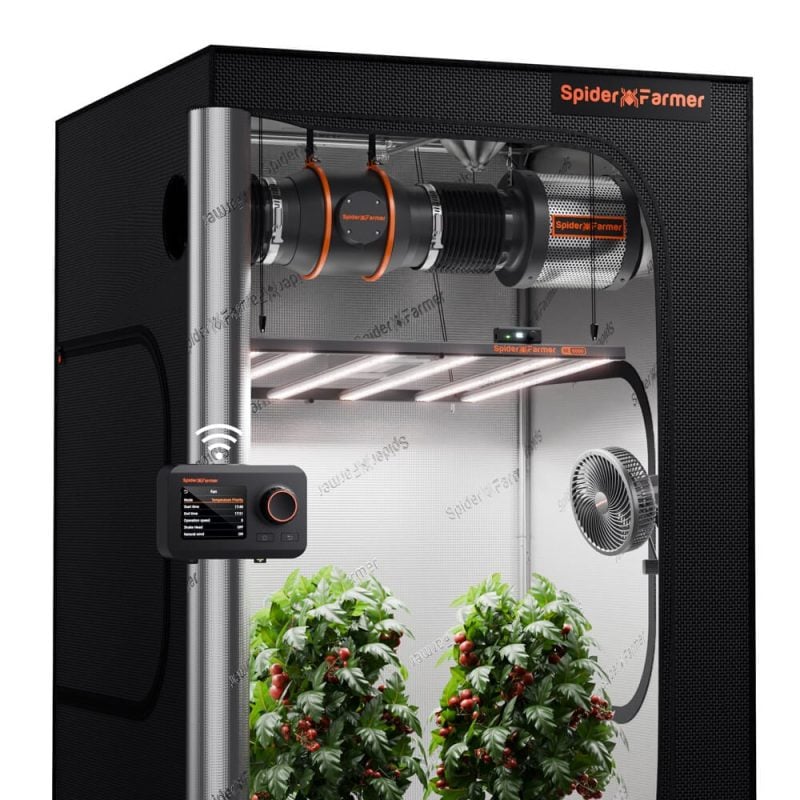

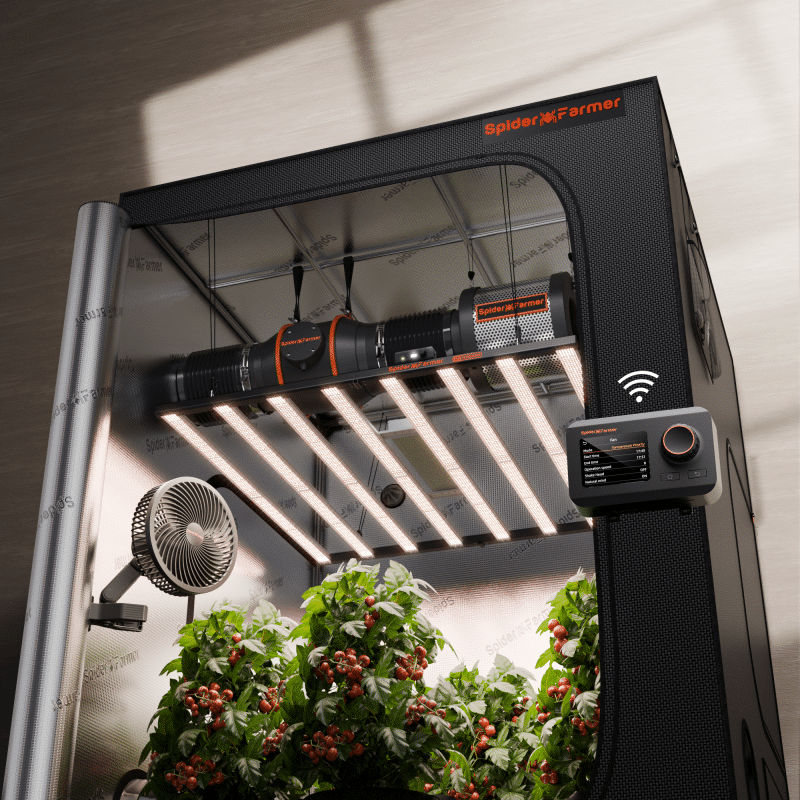
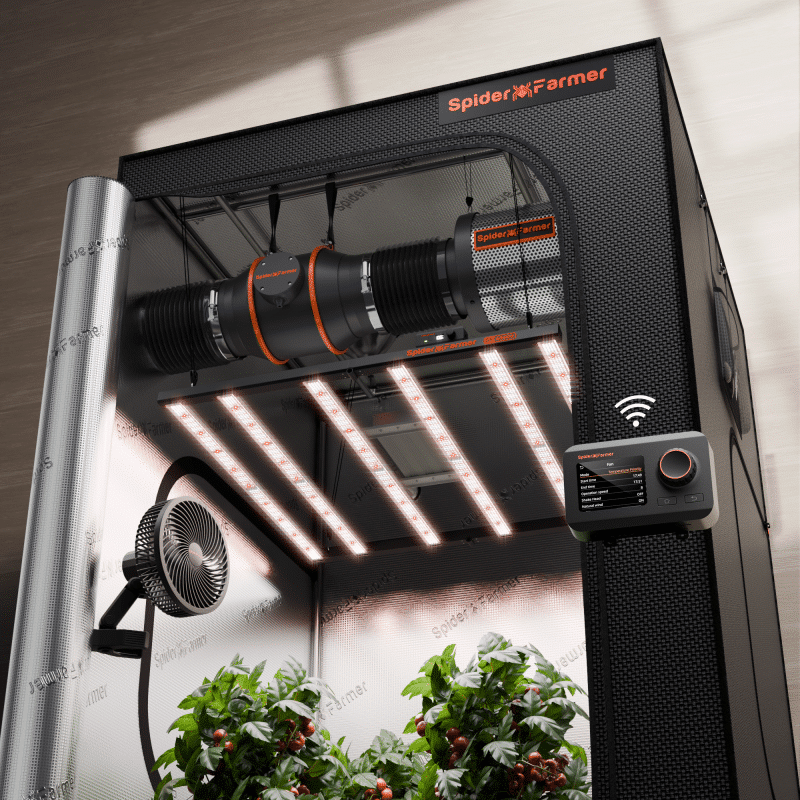
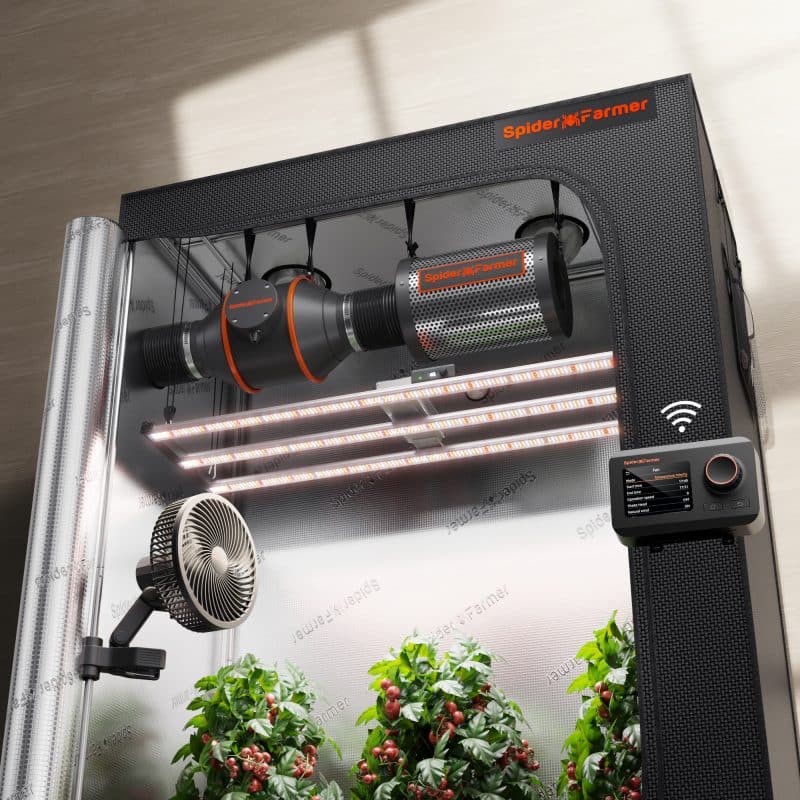




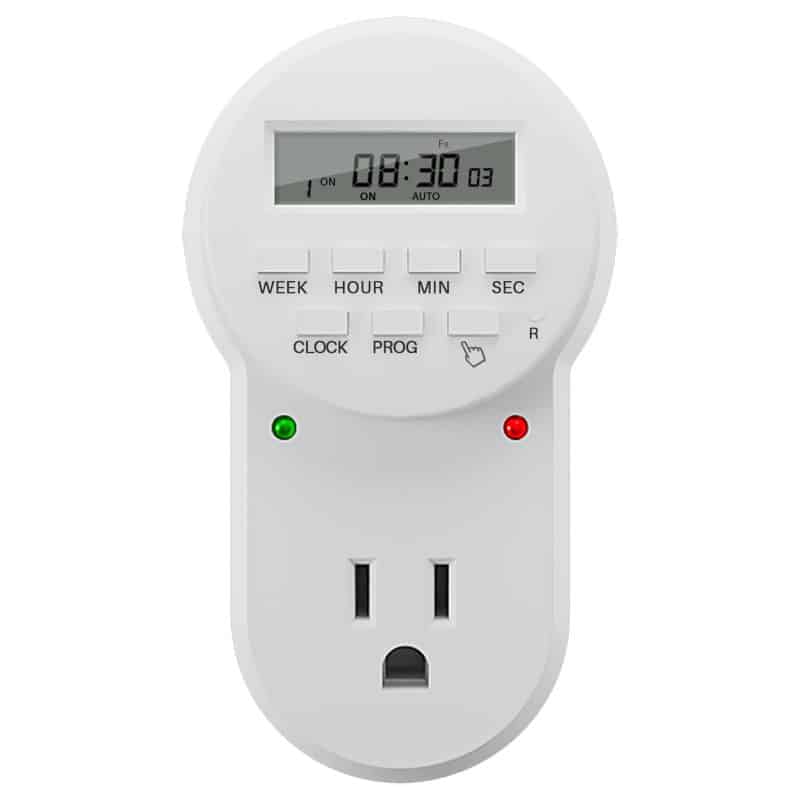

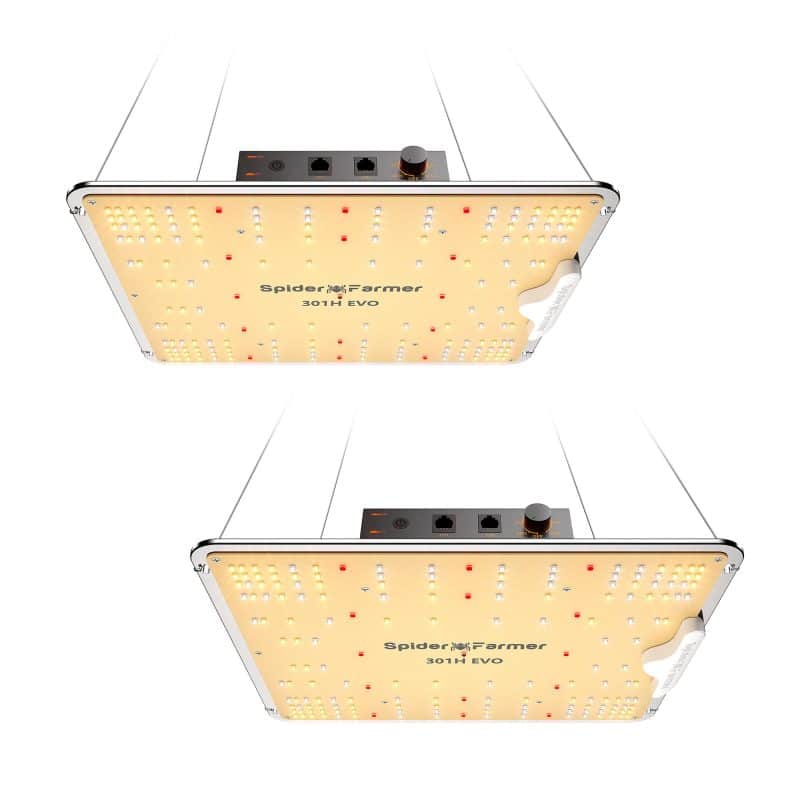


Leave a reply